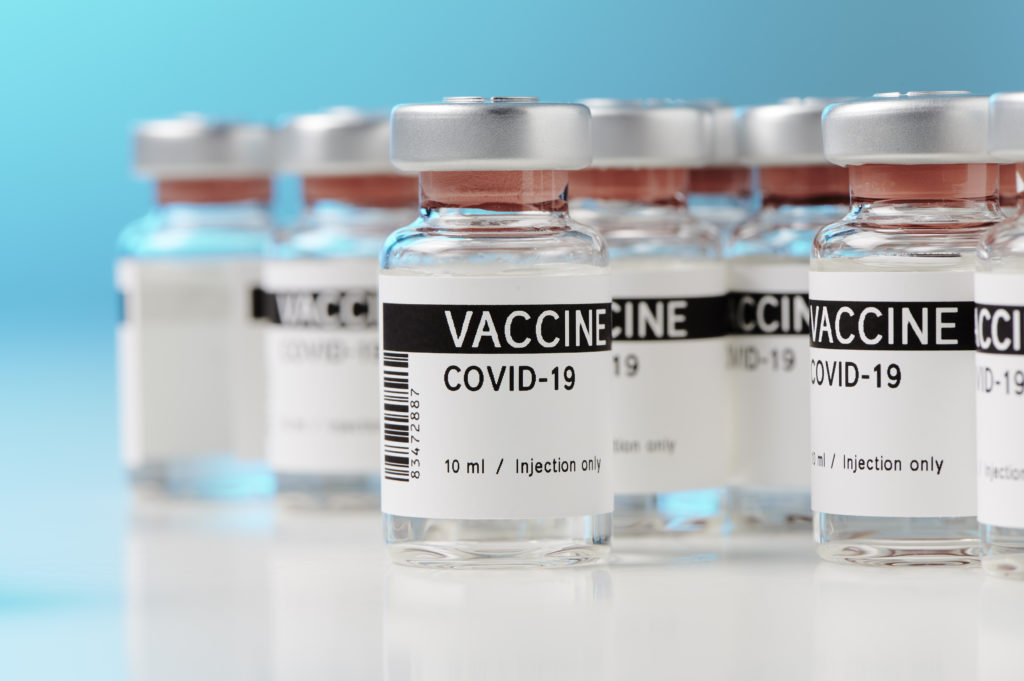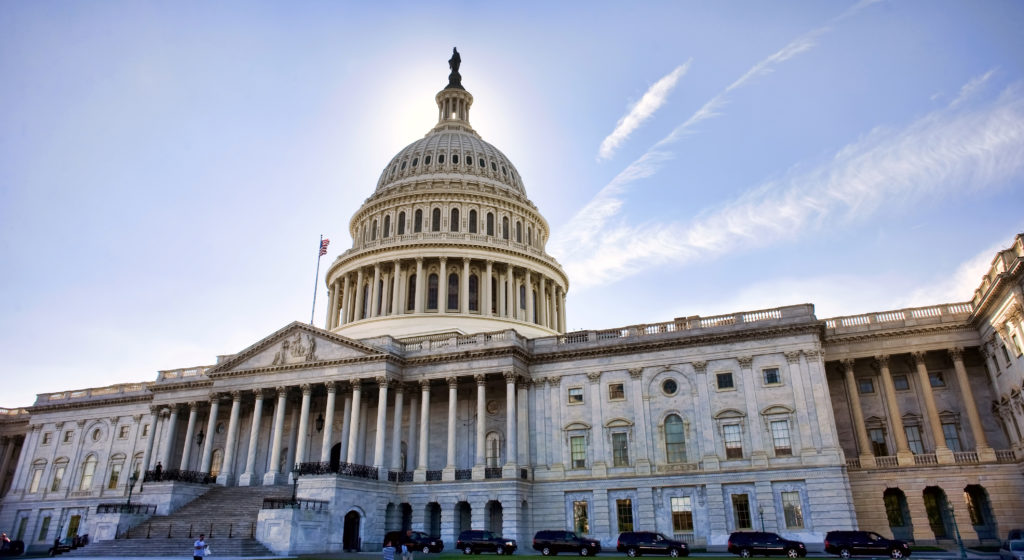
In recent firm news, Ken Levinson gave a lecture at the Arkansas Trial Lawyers Association‘s Next Level Deposition Clinic, a virtual panel event held on February 19th.
“The goal of the event is to make sure trial lawyers obtain all the necessary information during the discovery process to either get the best possible settlement for their clients or succeed at trial,” Levinson said. “A missed question or issue during sworn testimony can be harmful for our clients.”
Levinson’s lecture was titled, “Using Focus Groups to Develop a Discovery Plan,” and discussed the importance and benefits of using focus groups ahead of trial.
“Focus groups are oftentimes only considered if the case isn’t settled on the eve of a jury trial,” Levinson explained. “I’m hoping trial attorneys will consider employing focus groups far earlier in their case preparation. These early focus groups can help tailor your discovery plan to what a jury would like to hear or learn. A focus group after depositions are completed can reveal that you didn’t obtain all the necessary information a jury needs to decide key issues in the case.”
Other lectures included “Deposition Preparation Strategy: Finishing your Case in One Deposition,” given by Mark Kosieradzki of Kosieradzki Smith, “Mastering Zoom Depositions” by Zoe Litlepage of Littlepage Booth Leckman, and “Depositions: Getting Everything the Witness Has to Offer” by Chris O’Brien of O’Brien and Ford. Heidi DiLorenzo of Alexander Shunnarah and Sach Oliver of Bailey and Oliver also gave lectures regarding their deposition process specialties.
“In all honesty, I was excited to learn from all the speakers,” Levinson said. “They are truly top notch and each of their topics will be extraordinarily helpful for my cases and to best help my clients.”
Levinson also knew he would have a variety of takeaways from the virtual event, and believes everyone who tuned in must have had a similar experience.
“After attending the program, all the trial attorneys will be able to better prepare their clients’ cases,” he explained. “Obtaining vital information at depositions, often from reluctant witnesses, means the difference between winning and losing.”




